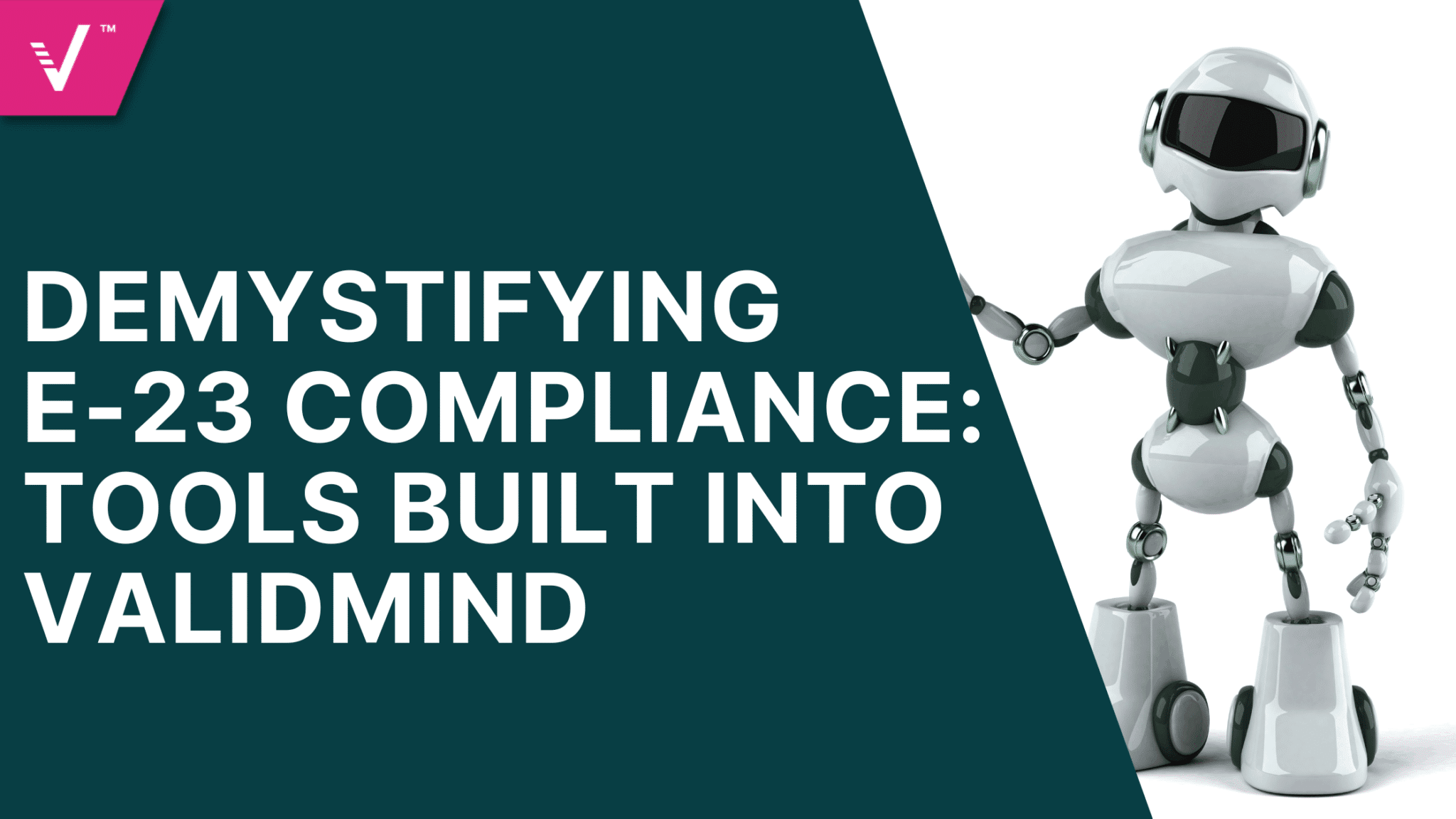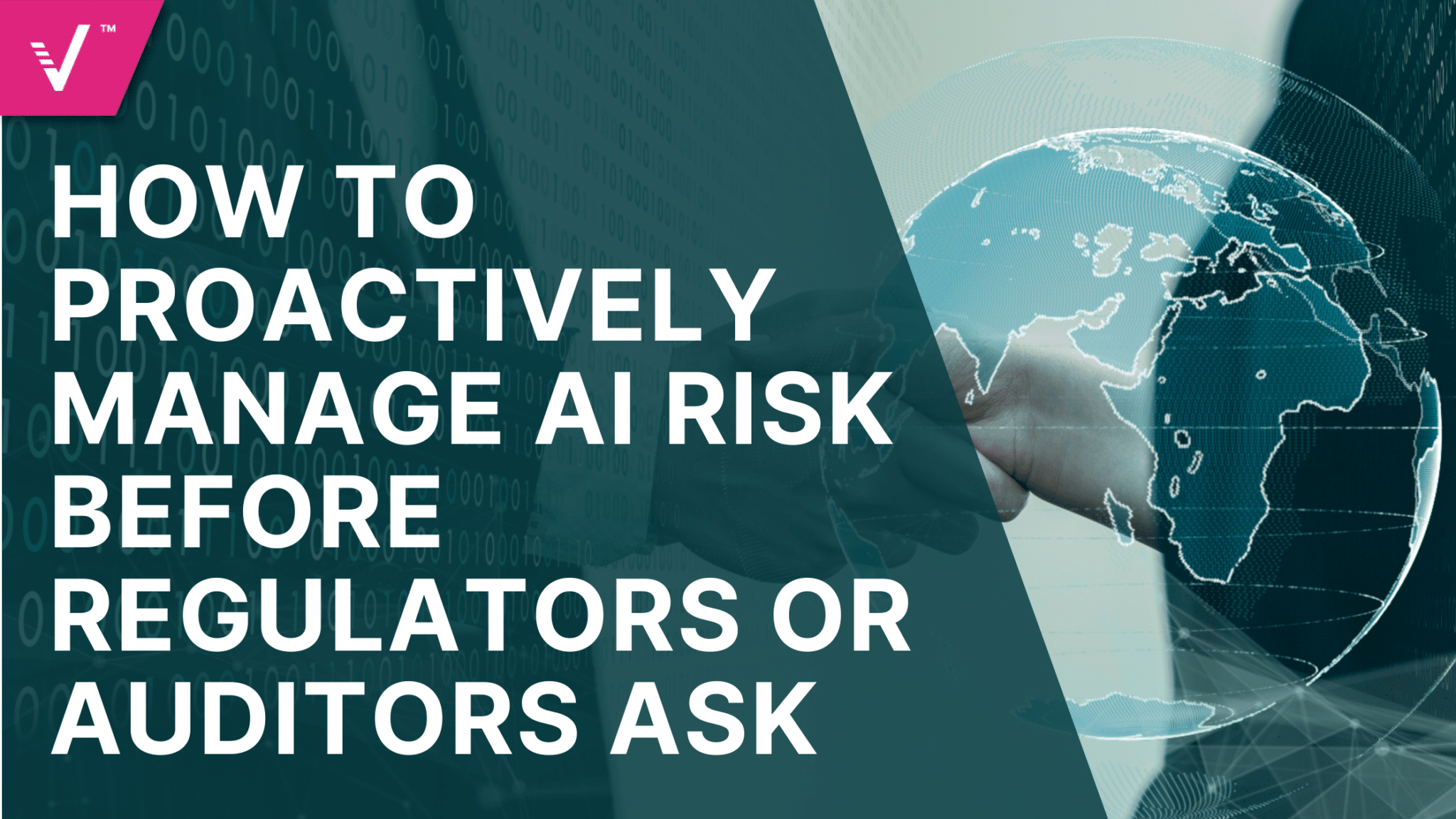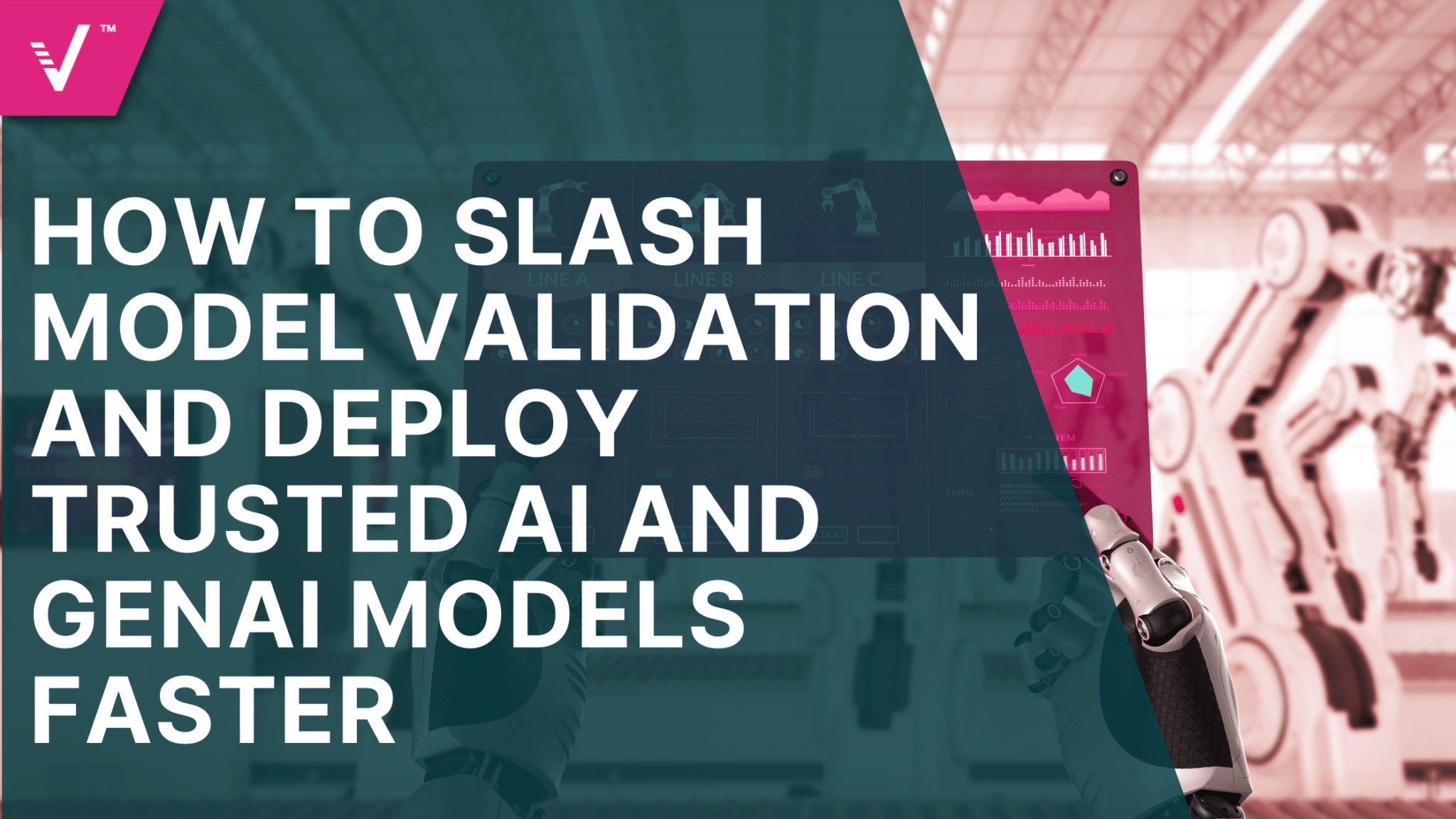Demystifying E-23 Compliance: Tools Built into ValidMind

Complying with the OSFI Guideline E-23 for Model Risk Management (MRM) can feel like navigating an overwhelming maze of documentation, validation, governance, and more. With the right tools, however, compliance becomes not only manageable, but a strategic advantage in staying ahead of the AI curve.
As financial institutions continue to rely on complex models, E-23 has become a fundamental part of oversight, setting expectations for transparency and accountability across the model lifecycle. Yet achieving compliance is easier said than done. E-23’s depth makes implementation challenging, and without the right systems, even well-rounded teams can struggle to maintain consistency and audit readiness.
This post explores how you can turn a complex regulatory mandate into a transparent, efficient process.
Understanding E-23: The Foundation of Modern MRM
As regulators worldwide tighten expectations, E-23 builds on other regulations like SS1/23, the EU AI Act, and SR 11-7 to redesign MRM to reflect today’s data driven environment. While SR 11-7 emphasizes independent model validation and governance, E-23 takes it a step further to include AI, machine learning, and complex model ecosystems that demand greater transparency and control.
This regulation focuses on three themes: model integrity, governance, and accountability. It calls for rigorous validation, defined roles, and robust documentation to ensure that every model decision can be explained and defended. Institutions must show that models perform as intended and are continuously monitored and updated. Achieving this oversight can be difficult as manual testing and inconsistent documentation often slow teams down, creating the very risk E-23 aims to reduce. Together with SR 11-7 and SS1/23, E-23 reflects a global movement toward a more transparent model governance.
ValidMind’s Compliance-by-Design Approach
ValidMind was built on the belief that compliance should be embedded into every stage of the model lifecycle. The platform aligns regulatory alignment with model development, validation, and governance workflows from the start.
Automation, consistency, and traceability are key to this design philosophy. Each model action is automatically captured and versioned, creating a transparent audit trail that satisfies E-23 requirements without additional overhead. This approach simplifies adherence and empowers teams to innovate confidently.
By integrating directly with tools like Jupyter, Python, and RStudio, ValidMind embeds compliance into everyday workflows, eliminating manual bottlenecks and ensuring every step is traceable and audit-ready.
Built-In Tools that Simplify E-23 Compliance
E-23 demands transparent and repeatable processes that stand up to scrutiny. ValidMind delivers these through built-in tools aligned with the seven E-23 principles, turning compliance into an automated outcome.
| BUILT-IN TOOL & E-23 PRINCIPLE | HOW VALIDMIND ALIGNS |
| Automated Documentation P6: Documentation and Reporting | Automatically generates model cards, validation summaries, and test reports that meet E-23 documentation standards. Every artifact, including datasets, parameters, results, and reviews, is versioned and traceable for full audit readiness. |
| Governance Workflows P1: Governance and Oversight | Built-in approval workflows enforce independent review and sign off. Role-based access controls maintain separation of duties, strengthening accountability and transparency. |
| Validation and Testing Framework P3: Independent Validation | Configurable validation templates and reproducible test environments support independent, evidence based validation. Results and metrics are automatically logged, providing a defensible record for auditors and regulators. |
| Explainability and Monitoring P2 & P4: Model Development and Ongoing Monitoring | Integrated explainability and drift detection tools interpret model behavior and track performance over time. Real-time dashboards provide insight on continuous monitoring and accountability throughout the model lifecycle. |
| Centralized Model Inventory P5 & P7: Model Inventory Management and Risk Controls | A unified model repository gives organizations full visibility into all models, supporting lifecycle tracking and the archiving of decommissioned models for auditability, ensuring complete oversight of the model ecosystem. |
How ValidMind Bridges the Gap Between Compliance and Innovation
Compliance is often seen as a constraint on innovation. ValidMind bridges this gap by enabling data science, risk, and compliance teams to collaborate effectively within one platform. Automation handles documentation, validation, and reporting, freeing teams to focus on model development and improvement.
By embedding regulatory requirements into daily workflows, ValidMind removes friction between creativity and control. Its adaptable framework evolves with regulatory change and AI innovation, ensuring institutions remain compliant while continuing to advance. Connecting the first, second, and third lines of defense, ValidMind removes silos and accelerates decision-making across development, validation, and audit functions.
The ValidMind Advantage: Compliance Without Compromise
ValidMind provides a strategic advantage by addressing MRM pain points like regulatory compliance assurance, faster validation cycles and transparency across governance workflows. More than a platform, ValidMind is a trusted partner and an enterprise grade solution that scales with the evolving demands of AI governance, empowering institutions to manage model risk with confidence, efficiency, and transparency.
E-23 compliance is complex, but with ValidMind, it’s built into your workflow, not bolted on later.
Learn more about how ValidMind can streamline your E-23 compliance here.


